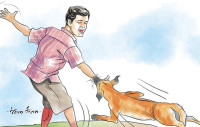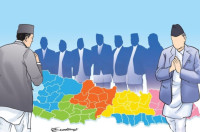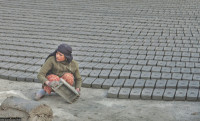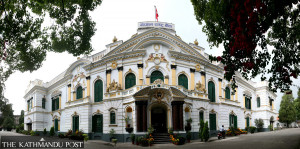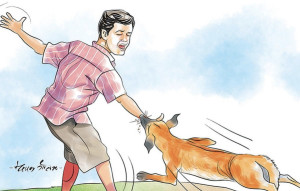Columns
Reviving an ancient system of healing
A reformation of ayurveda educational institutions and research in the field in Nepal is required.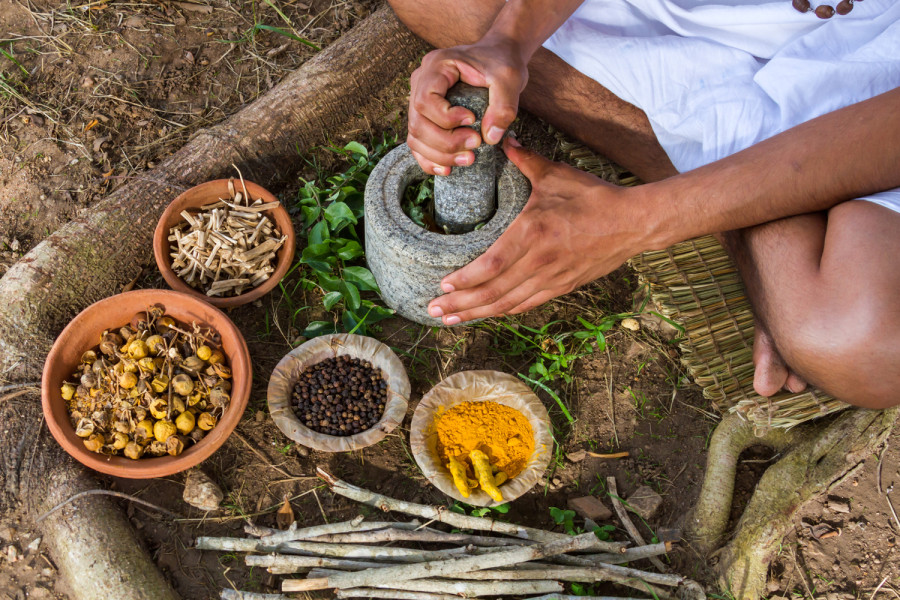
Prerok Regmi
Ayurveda is perceived as an idea and practice that is well established as the national health system in Nepal. But this claim is not backed by research. Research helps to delineate an objectively false statement from fact. This statement is applicable more in the field of ayurveda because it deals with the health of humans. Discovering objectivity in ayurveda will also help to create a centre of knowledge through which we can introduce this ancient system of healing to the world.
The National Ayurveda Research and Training Centre serves as a centre of everything and anything related to research in the field of ayurveda. It also works to promote innovation and development of drugs and therapy, and develop and propagate appropriate technologies transferable to the grassroots level through training programmes. Research conducted at the National Ayurveda Research and Training Centre has not been systemised, rationalised or disseminated in the past 15 years of its existence. The outcome of research conducted here has not been quantified and propagated to benefit the public. Recognising this fact, the Ministry of Health and Population has put forward numerous plans and policies. But the ground reality is vague. There is infrastructure in place, but the productive part of research is still in a nascent stage.
Ayurveda Campus established under Tribhuvan University in 1972 has been conducting undergraduate studies since 1996. A survey conducted by experts illustrates the importance of this institute, and proposals for upgrading the postgraduate programme to develop sufficient and expert human resources in Nepal have been suggested. Lack of infrastructure and a research environment has stymied this plan.
In 1962, faced with a similar situation, the Indian government merged its educational and research wings and established Postgraduate Teaching and Research in Ayurveda. This hub served to satisfy the scarcity of ayurveda postgraduates and also helped in establishing ayurveda as a budding system of medicine globally. Today, students from Europe, Africa and South Asia are studying postgraduate and PhD courses in ayurveda in this premier institute. A similar step will be fruitful in the context of Nepal’s scarcity of ayurveda postgraduates.
This shortage of trained manpower, skilled scholars, and qualified experts—the requirements for quality research—will remain in the field of ayurveda for a few more decades to come. Some appreciable projects are being undertaken by the government—independent ayurveda university and tertiary ayurveda centres in each province, to name a few. These cannot and will not lead to fruition until and unless the government also ascertains its positive stance on human resource indicators, especially a qualitative analysis of expert human resources.
The current status of a number of specialists added to the field is negligible with the postgraduate programme at the Institute of Medicine not finding its pace. The number of students studying abroad is also dwindling. The number of the people working in Ayurveda and its projection for the next 10 years show that the required educational departmental faculty positions cannot be fulfilled as per the guideline of the Central Council of Indian Ayurveda (global guideline for ayurveda education). The tertiary centres of ayurveda services to be established in each province will be unserviceable due to lack of specialist clinicians (qualified experts). The research institute's research departments will remain unsearched for the next decade. The dearth of postgraduates and PhD scholars hovers over the promises made by the government with regard to ayurveda.
Steps to ascertain the quality and research-based ayurveda education thus seem like the reasonable next step. If ayurveda doesn’t find a strong foothold in the aforementioned standards, a generalised dilution of the central body and mushrooming of non-contributing provincial bodies seems like a reasonable forecast. Government ayurveda institutions should be encouraged to pursue a consultative approach and data sharing policy for their contributory share in building the evidence base for ayurveda in the form of quality education and research. A reformation of ayurveda educational institutions through a research scenario and approach offers lots of hope.
Regmi is a postgraduate scholar of ayurveda in India and a former research officer at the National Ayurveda Research and Training Centre, Kirtipur.




 6.12°C Kathmandu
6.12°C Kathmandu



